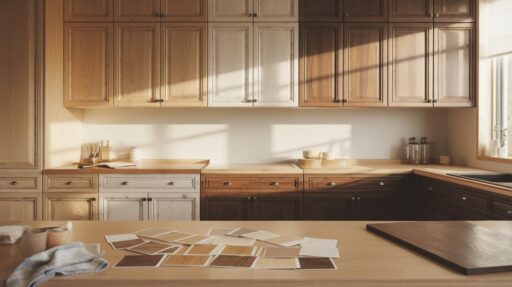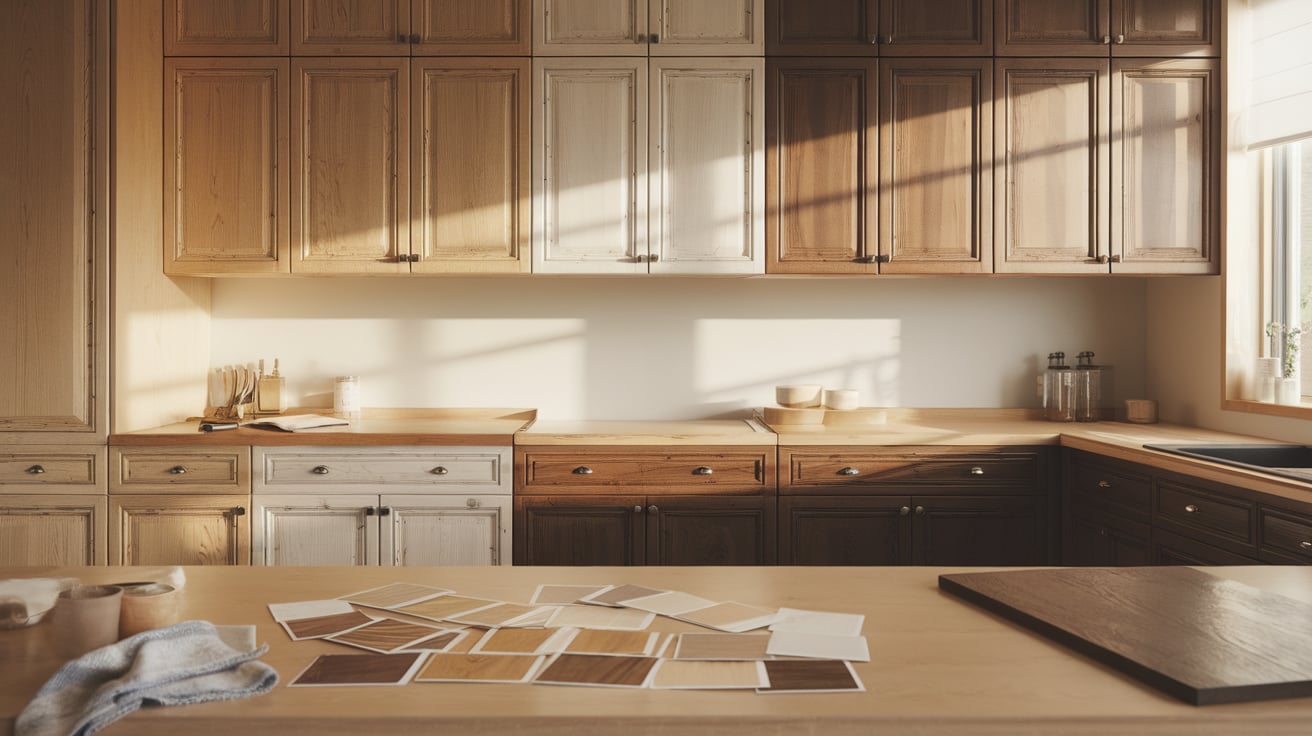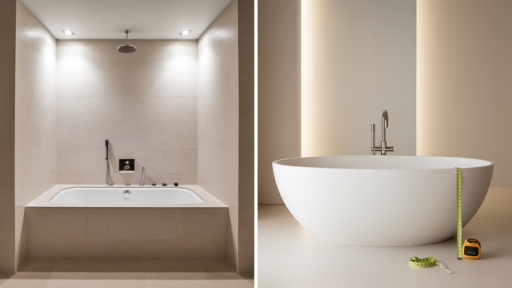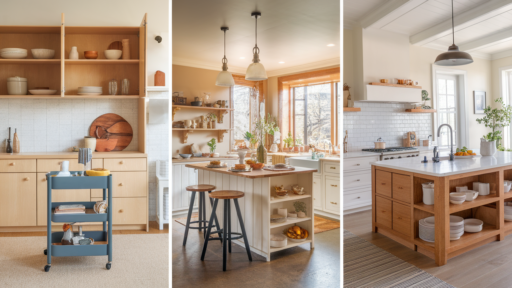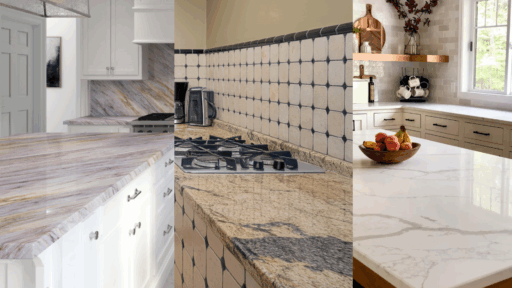Picking the right wood stain for kitchen cabinets can be tricky with so many colors and finishes to choose from.
You might be unsure whether a light or dark shade works best or what type of stain suits your cabinet wood. That’s where I come in.
This guide walks you through easy steps to find the best stain, whether you’re updating old cabinets or starting fresh. I’ll show you how to match stains with your wood, how finishes affect the look, and what to test before deciding.
I’ll also share tips to avoid common mistakes and make your choice easier. With a little guidance, you can pick a stain that fits your style and holds up to daily kitchen use.
Understand Your Cabinet Wood Type
Before selecting a stain, it’s essential to know the type of cabinet wood, as different woods absorb stains differently.
For example, oak shows off the grain with darker stains, while maple can look patchy. Cherry wood darkens over time, so the stain may change as it ages.
If you’re unsure, ask a pro or bring a cabinet door to a hardware store for help.
Once you know your wood type, testing a few stain colors on a small, hidden spot can help avoid surprises and ensure a good match.
Oil-Based vs. Water-Based Stains: Which to Choose
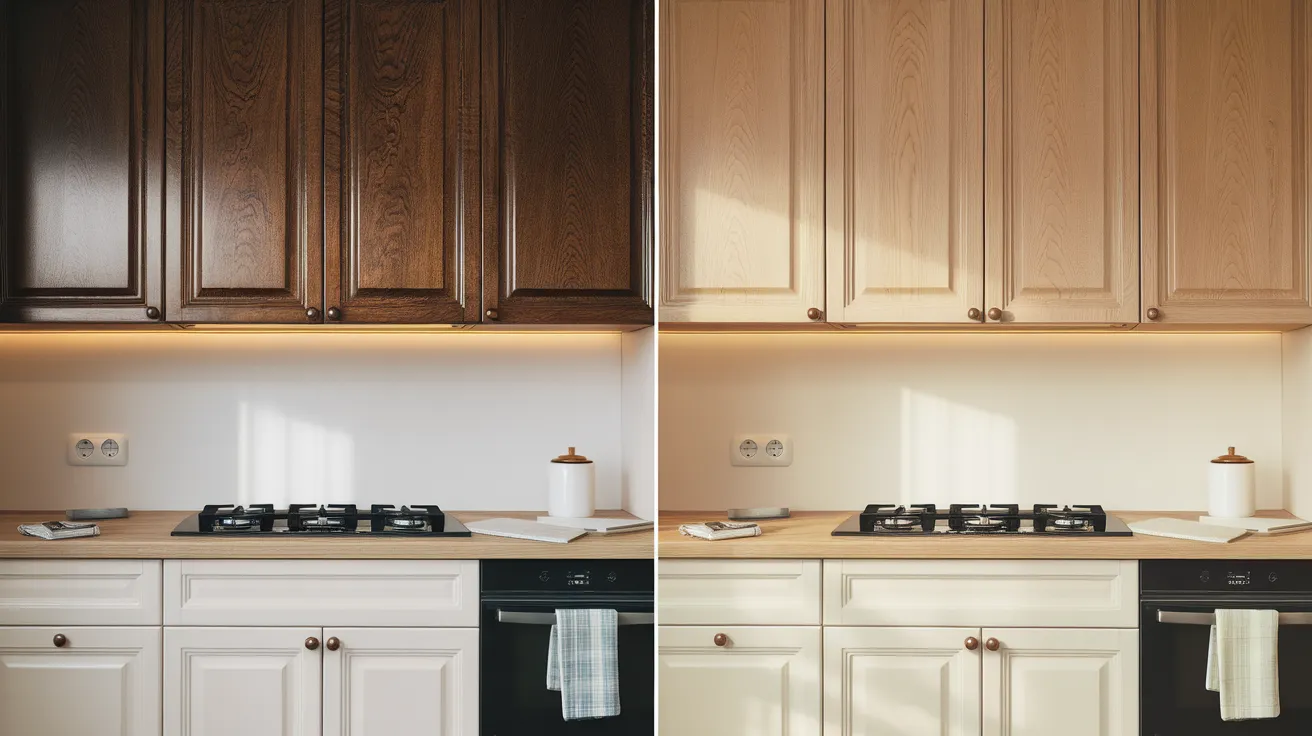
When choosing the best stain for kitchen cabinets, you’ll typically pick between oil-based and water-based stains.
Oil-based stains provide a rich, deep color and are highly durable, but they require longer drying times. They’re great for busy kitchens.
Water-based stains dry faster, have less odor, and are easy to clean with soap and water.
If your kitchen sees a lot of action, oil-based paint might last longer. For quicker, mess-free application, water-based paint could be a better choice.
Test both on a small piece to help you decide.
| Feature | Oil-Based Stain | Water-Based Stain |
|---|---|---|
| Drying Time | Slower | Faster |
| Color Depth | Rich and deep | Lighter finish |
| Smell | Strong | Low odor |
| Cleanup | Needs paint thinner | Soap and water |
| Durability | Very strong | Strong, but may need a touch-up |
| Best For | Heavy-use kitchens | Quick updates |
How to Choose the Perfect Stain for Your Cabinets
Choosing the right stain for your kitchen cabinets is about more than just color. Here’s a simple guide to help you make the best choice for your space and style.
1. Selecting the Right Stain Color
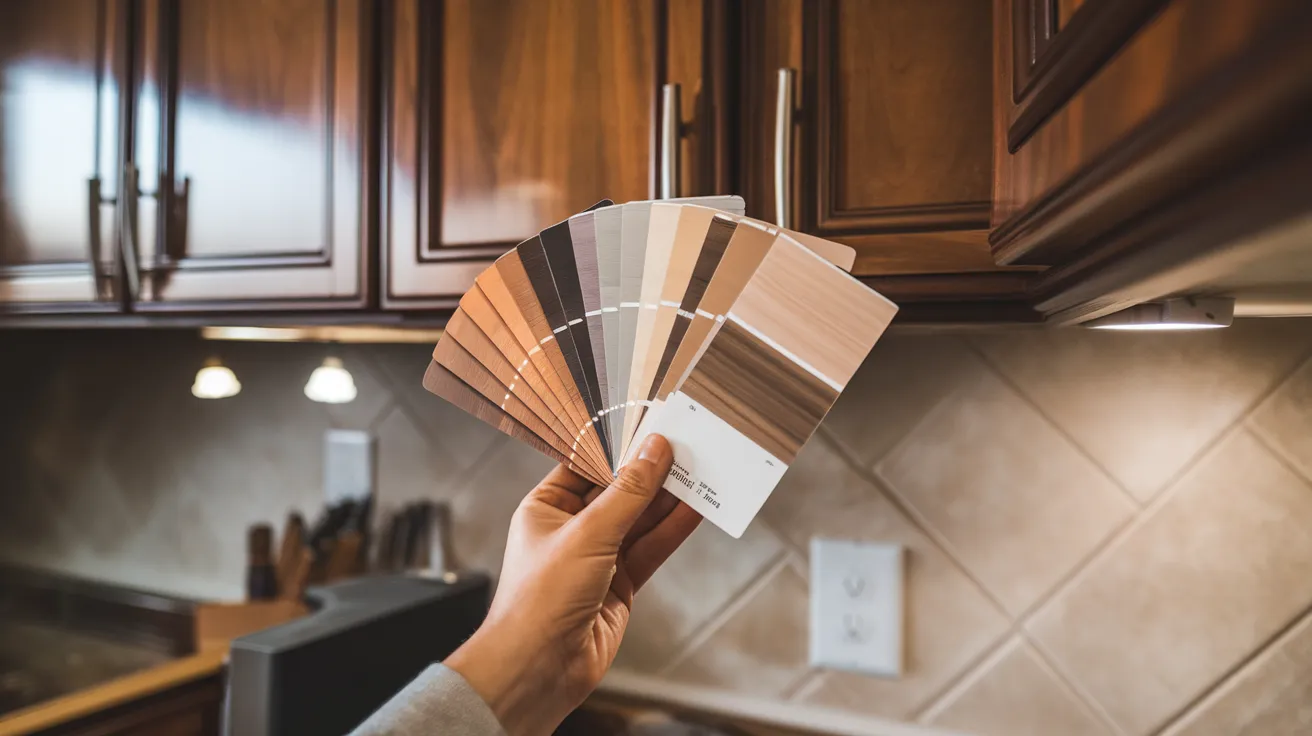
Choosing the right stain color can change the feel of your kitchen. Start by considering your floors, countertops, walls, and lighting.
Decide if you want your cabinets to stand out or blend in. Lighter stains make small kitchens feel bigger, while darker stains add warmth and depth.
Hold sample swatches up next to your cabinets and check them at different times of the day, as lighting affects how the color looks.
If unsure, start with neutral shades; they’re easy to match and look great over time.
Take your time, test different options, and you’ll find the perfect stain color.
2. Decide on the Finish
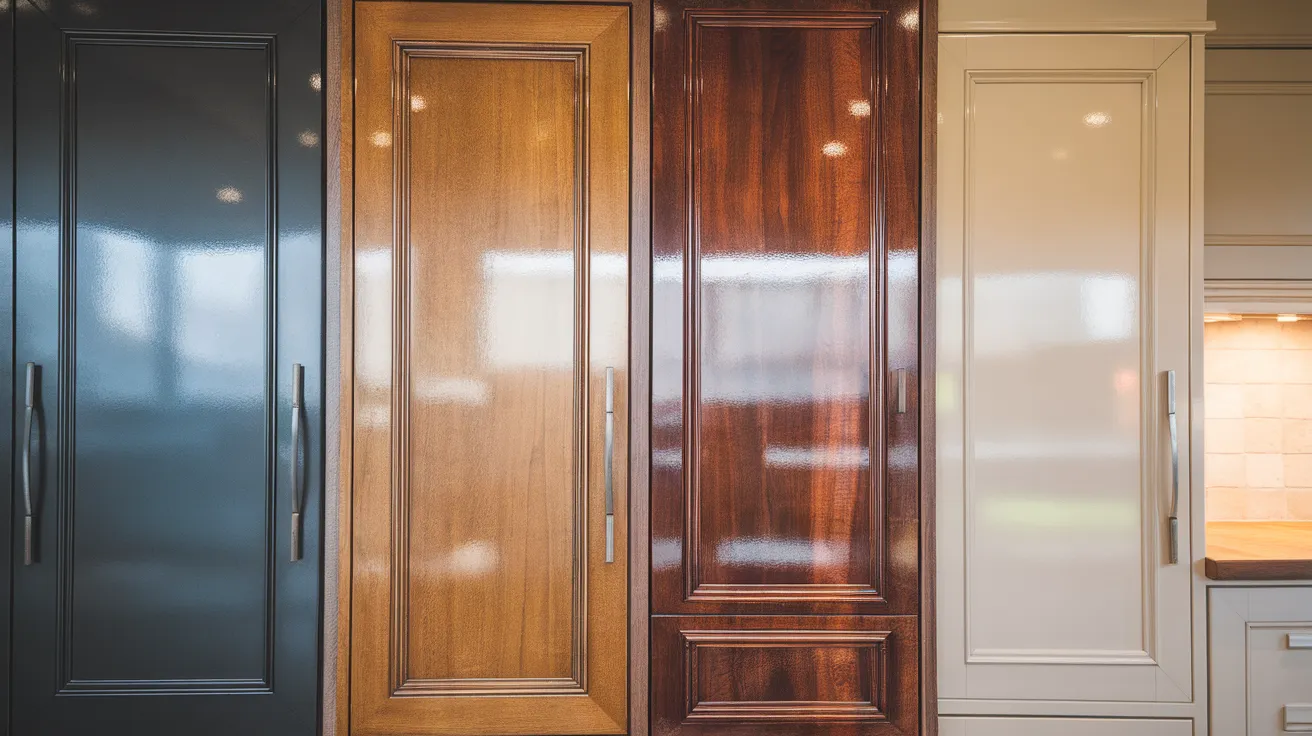
Once you choose a stain color, the next step is picking a finish. The finish gives your cabinets their final look and protects the wood.
Common choices include matte, satin, semi-gloss, and gloss.
- Matte offers a soft, natural look with no shine.
- Satin has a slight shine and is easy to clean.
- Semi-gloss and gloss are shinier, reflecting more light, and are great for easy cleaning in bright kitchens.
Consider how much cleaning you want to do and what suits your kitchen style. Test finishes on a small spot to find what you like best.
3. Lighting and Room Size Considerations for Stain
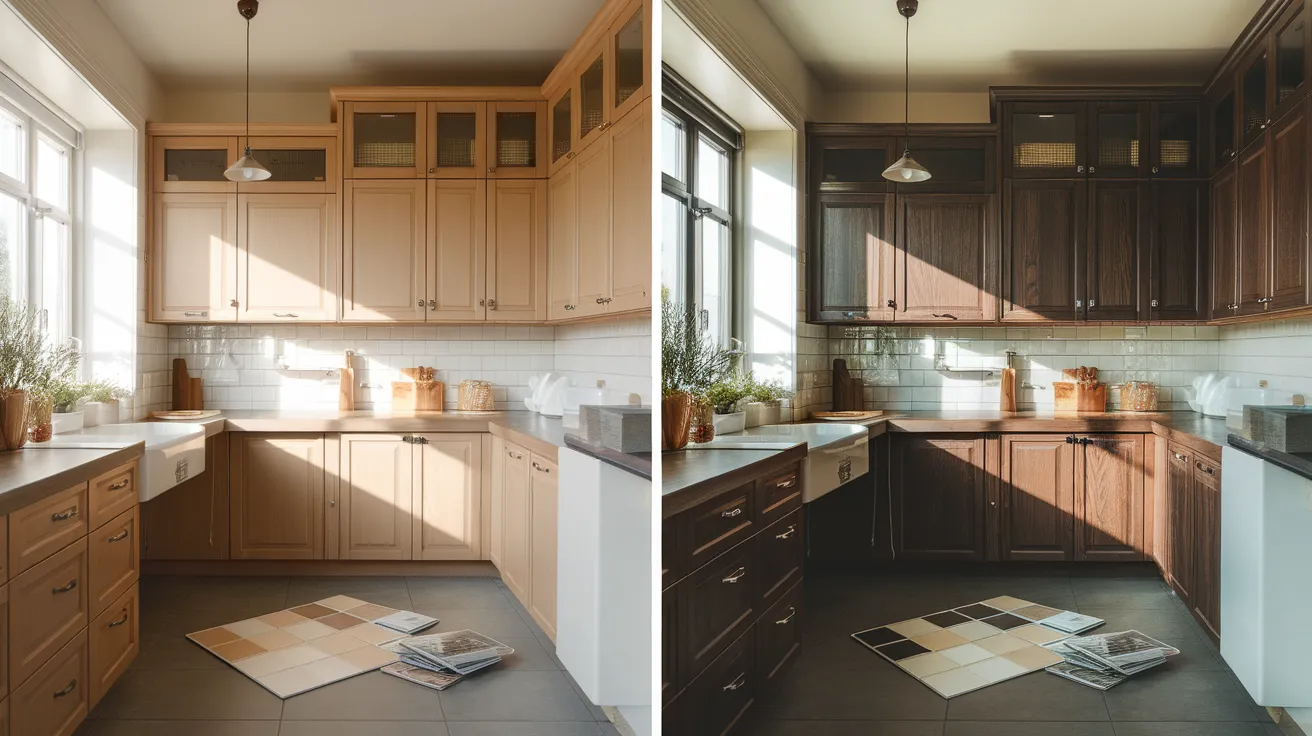
The size of your kitchen and its lighting can change how a stain looks. A color that seems perfect in the store might look different once it’s on your cabinets at home.
- Lighting affects stains: Natural light makes colors brighter, while dim or yellow lighting can darken them.
- Small kitchens and dark stains: Dark stains can make small spaces feel tighter. Lighter stains help open up the room.
- Reflect light with light stains: Light stains brighten a space, especially in narrow or windowless kitchens.
- Use samples in your space: Test stain swatches in your kitchen at different times of the day and night.
- Aim for balance: If your floors or counters are dark, a lighter stain can keep the room from feeling heavy.
4. Test Before You Commit
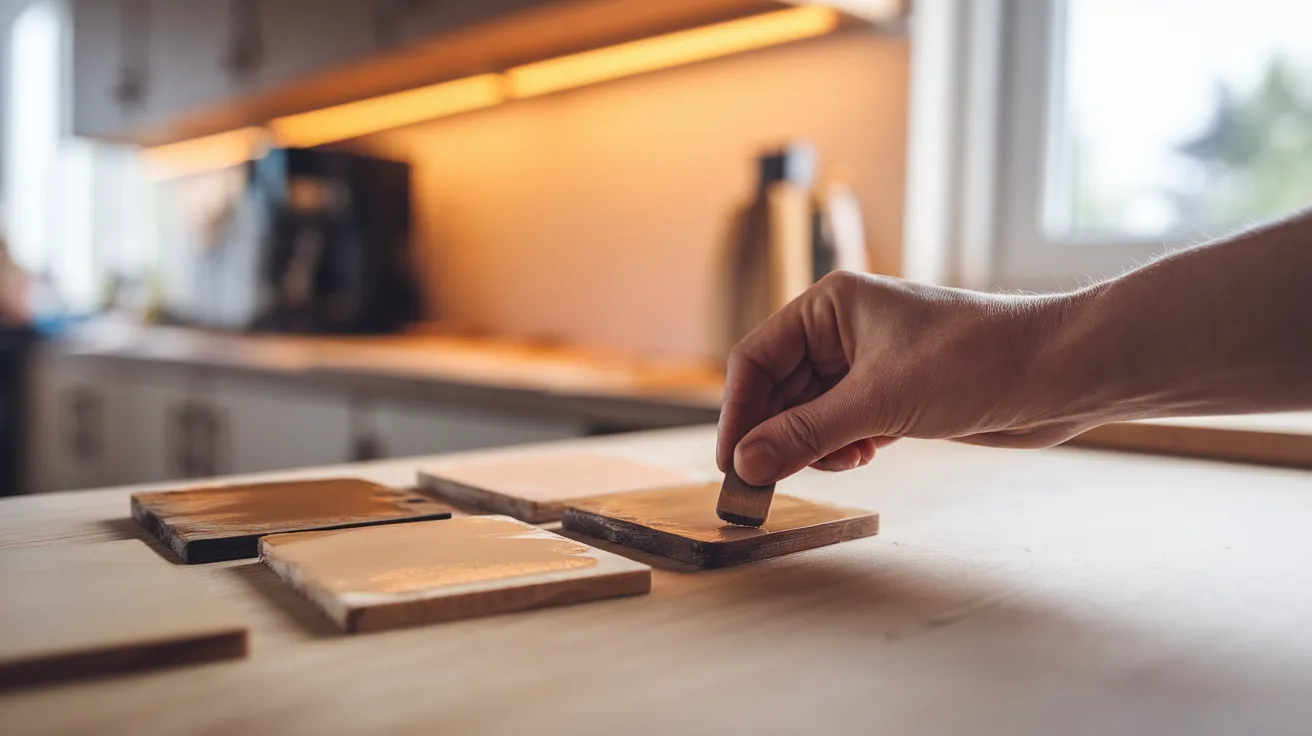
Before finalizing your choice, it’s smart to test a few stain samples. What looks great on a label might differ on your cabinet wood.
Use small swatches on a hidden part of the cabinet or a scrap piece. Try a few shades to compare and find the best fit.
Check the samples in both natural and kitchen light, as they can change how the stain looks.
This simple step helps ensure you’re happy with your choice before committing.
Application and Maintenance Tips
- Clean the surface first: Make sure your cabinets are free from grease, dust, and old finishes before starting. A clean surface helps the stain go on smoothly.
- Sand the wood lightly: Light sanding helps the stain stick better and creates a smooth finish.
- Use the right tools: A clean cloth, brush, or foam applicator works well. Apply the stain in the direction of the wood grain.
- Don’t rush the process: Let each coat dry fully before adding another. This helps avoid sticky or uneven spots.
- Wipe off extra stain: After applying, use a cloth to remove extra stain. This gives an even, natural look.
- Seal the finish: Once the stain is dry, apply a clear topcoat to protect the wood from water, grease, and daily wear.
- Clean with care: Use a soft cloth and gentle cleaner to keep cabinets looking fresh without damaging the finish.
Conclusion
Choosing the best stain for kitchen cabinets doesn’t have to be confusing.
I know it can feel like a lot at first-with all the wood types, stain colors, and finishes to think about.
But when you take it step by step, it gets much easier. Start by learning what kind of wood you have, then test a few stain colors and see how they look in your space.
Think about how much light your kitchen gets and what kind of finish will work best for your daily use.
Take your time testing and comparing. You don’t need to rush. A small test now can save you from a big mistake later.
The right stain will not only look good but also last longer and make your kitchen feel more like home.
I hope this guide helped clear things up and gave you the confidence to pick the stain that works best for you.

